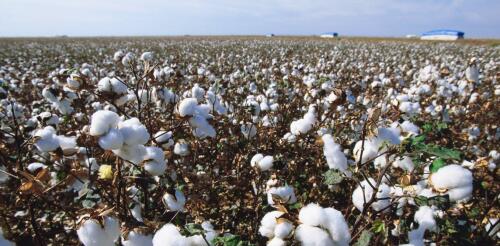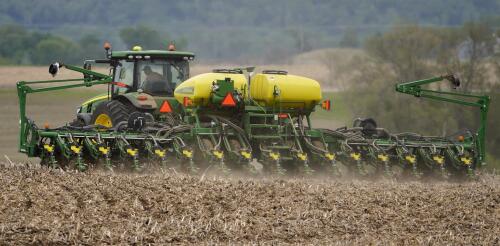Artificial intelligence (AI)
My colleagues and I have developed an artificial intelligence system that helps buildings shift their energy use to times when the electric grid is cleaner. I’m an engineer who studies and develops smart buildings. My lab created Merlin, which learns how people use energy in their homes and adjust energy controls like thermostats to meet their needs while at the same time minimizing the impact on the grid. The system can learn on one set of buildings and occupants and be used in buildings with different controls and energy use patterns. We dubbed it Merlin after King Arthur’s legendary magician to reflect the magical nature of the system: It automatically collects data on how people use energy in their homes and identifies opportunities to charge and discharge home battery storage. And it does so in a way that you always have power for whatever you need. So your air conditioning is always available, but at the same time it reduces the strain on the grid – for...
Cotton is one of the most valuable crops grown in the U.S., with a harvest value of some US$7 billion yearly. It is cultivated across a crescent of 17 states stretching from Virginia to California and is used in virtually every type of clothing, as well as in medical supplies and home goods such as upholstery. Cotton grows inside a hard, fibrous case called a boll. About 100 days after planting, the bolls mature and split open, revealing thousands of fluffy white fibers inside. Each boll contains 20 to 40 seeds with fibers attached to them, which is why the cotton plant’s fruit is called seed cotton. Picking cotton manually, as is still done in some major producing countries, is a meticulous task. Workers have to bend to reach the bolls and can hurt their hands on hard, dry parts of the plants. To harvest the seed cotton, they have to grab and twist it to separate it from the boll without leaving fiber behind. Starting in the 1930s, cotton farmers in the U.S. shifted f...
Humans are racing to harness the ocean’s vast potential to power global economic growth. Worldwide, ocean-based industries such as fishing, shipping and energy production generate at least US$1.5 trillion in economic activity each year and support 31 million jobs. This value has been increasing exponentially over the past 50 years and is expected to double by 2030. Transparency in monitoring this “blue acceleration” is crucial to prevent environmental degradation, overexploitation of fisheries and marine resources, and lawless behavior such as illegal fishing and human trafficking. Open information also will make countries better able to manage vital ocean resources effectively. But the sheer size of the ocean has made tracking industrial activities at a broad scale impractical – until now. A newly published study in the journal Nature combines satellite images, vessel GPS data and artificial intelligence to reveal human industrial activities across the...
For all the attention on flashy new artificial intelligence tools like ChatGPT, the challenges of regulating AI, and doomsday scenarios of superintelligent machines, AI is a useful tool in many fields. In fact, it has enormous potential to benefit humanity. In agriculture, farmers are increasingly using AI-powered tools to tackle challenges that threaten human health, the environment and food security. Researchers forecast the market for these tools to reach US$12 billion by 2032. As a researcher studying agricultural and rural policy, I see three promising developments in agricultural AI: federated learning, pest and disease detection and forecasting prices. Pooling data without sharing it Robotics, sensors and information technology are increasingly used in agriculture. These tools aim to help farmers improve efficiency and reduce chemical use. In addition, data collected by these tools can be used in software that uses machine learning to improve management systems and de...
Wildfire smoke from Canada’s extreme fire season has left a lot of people thinking about air quality and wondering what to expect in the days ahead. All air contains gaseous compounds and small particles. But as air quality gets worse, these gases and particles can trigger asthma and exacerbate heart and respiratory problems as they enter the nose, throat and lungs and even circulate in the bloodstream. When wildfire smoke turned New York City’s skies orange in early June 2023, emergency room visits for asthma doubled. In most cities, it’s easy to find a daily air quality index score that tells you when the air is considered unhealthy or even hazardous. However, predicting air quality in the days ahead isn’t so simple. I work on air quality forecasting as a professor of civil and environmental engineering. Artificial intelligence has improved these forecasts, but research shows it’s much more useful when paired with traditional techniques. HereR...




